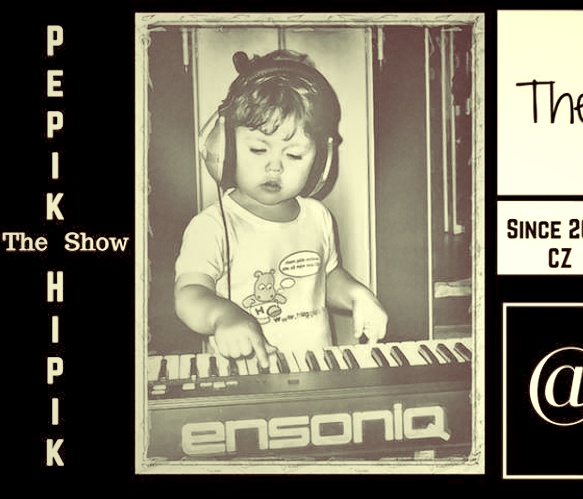The New and Novel Complex Brain-Based Therapy and Jazz
In August 1991, former World Boxing Champion John Famechon sustained severe incapacitating brain injuries. In December of 1993, he began a new and novel complex multi-movement therapy and rehabilitation program, which eventually helped him regain a condition close to his pre-accident state. “The New and Novel Complex Brain Therapy?”
The question to ask and answer was: What was meant by the descriptor “a new and novel therapy?” Which eventually evolved to be described as complex brain-based multi-movement therapy (CBBMMT) and then complex multi-movement therapy (CMMT).
In terms of application, it was my contention that my new and novel therapy had three elements. First, the focus of the therapy was the brain; and it was the application and action of movement that was the only way to access and influence the brain to change, which would then hopefully lead to physical changes taking place.
Second, the aim was to apply as much complexity as possible when visibly feasible. My rationale for this (personal philosophical principle) was that this approach would bring about neurological, neurobiological, and neuromuscular transmission firing, leading to neurological and neuromuscular connections. The hope was that this would lead to neurological and neuromuscular changes, leading to movement returning to limbs that previously were unable to move.
Third, the idea and ongoing hope was to achieve maximum brain and body benefits. That would eventually lead to becoming self-initiated complex brain and body movement. I had no idea if this would happen, but it always made sense to me. My studies in “Play Theory” influenced my thinking about this. Play Theory research declared that play was imperative because when play took place, thinking and movement occurred. This play-based process then changed the brain and continued to develop and advance the fine and gross muscles of the body. This also led to the development and ongoing enhancement of movement and physical skill potential.
The Complex New and Novel Brain-Based Multi-Movement Therapy and Jazz
As I progressed with applying my new and novel complex brain-based multi-movement therapy, its application, and the intuitive movement format I was applying (as time progressed and as I began to see the physical and movement changes taking place, all of this began to remind me of jazz. That idea came to mind because (to my understanding of jazz), that jazz music had, at its essence, the application of instrumental musical intuition. This meant that nothing was planned. The music that came into existence (occurred in the intuitive moment), in accordance with what each musician was hearing and playing.
Jazz is usually improvised (i.e., invented as it is played). However, the musician had to be highly skilled to be able to play the musical instrument in question. This skill level could only be achieved through hard work and unrelenting practice (Alterhaug, 2004; Benson, 2006; Torrance and Schumann, 2019; Zack, 2000).
Jazz is characterised by a strong but flexible rhythmic understructure with solo and ensemble improvisations on basic tunes and chord patterns and, more recently, a highly sophisticated harmonic idiom (Alterhaug, 2004; Benson, 2006; Torrance and Schumann, 2019; Zack, 2000).
Jazz music is (as noted), played by highly skilled and talented musicians in various increasingly complex styles. It is generally marked by intricate, propulsive rhythms, polyphonic ensemble playing, improvisatory, virtuosic solos, melodic freedom, and a harmonic idiom ranging from simple rhythms to complicated atonality (Alterhaug, 2004; Benson, 2006; Torrance and Schumann, 2019; Zack, 2000).
Jazz Jackrabbit is awesome!
Say “new and novel” one more time Ragnar Purje


